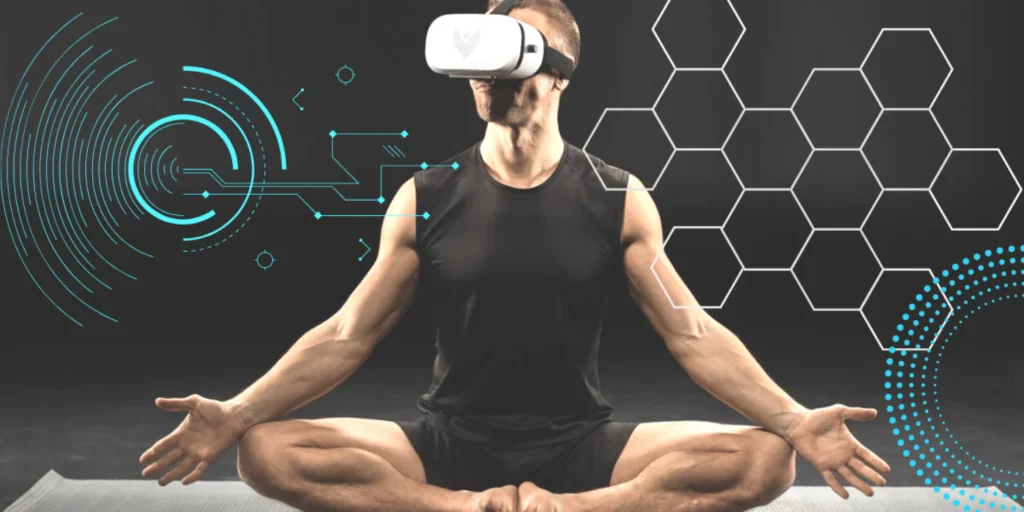Fitness Technology Integration: Revolutionizing Health and Wellness
In today’s fast-paced digital landscape, fitness technology integration is reshaping how individuals approach health and fitness.
Thank you for reading this post, don't forget to subscribe!فيديو هدف كريستنسن الصاروخي من هنا

By combining cutting-edge technology with workout routines, fitness enthusiasts can achieve better results, enhance motivation, and promote accountability. This article explores the key components of fitness technology integration, its benefits, challenges, and future trends shaping the industry.
The Rise of Fitness Technology Integration
The surge in fitness technology integration has been driven by the increasing demand for personalized fitness solutions. The industry now offers a wide array of tools, including wearable devices, mobile applications, smart equipment, and virtual training platforms.
- Wearable Devices: Fitness trackers and smartwatches monitor metrics like heart rate, steps taken, and calories burned. These devices empower users by providing real-time feedback, helping them set and reach fitness goals.
- Mobile Applications: Fitness apps cater to various needs, from workout planners to nutrition trackers. Many incorporate social features that allow users to connect with friends, share progress, and participate in challenges, creating a community-oriented approach to fitness.
- Smart Equipment: Gyms are investing in smart machines that analyze performance data and provide personalized workout recommendations. This technology enhances efficiency and motivates users to achieve their fitness goals.
- Virtual Training Platforms: The rise of online fitness classes has broken down geographical barriers, allowing users to participate in workouts from home. Virtual trainers provide real-time feedback, ensuring proper form and technique.

Benefits of Fitness Technology Integration
Integrating technology into fitness offers numerous advantages:
- Personalization: Fitness technology integration allows users to customize workouts based on their unique goals and fitness levels. This tailored approach increases engagement and motivation.
- Accountability: Tracking progress through technology fosters accountability. Regular updates on performance metrics keep individuals committed to their goals, while social features create supportive communities.
- Data-Driven Insights: The data generated by fitness technology provides valuable insights into performance trends, enabling fitness professionals to design more effective training programs.
- Increased Accessibility: Virtual training platforms and mobile apps make fitness accessible to a broader audience, accommodating individuals’ diverse schedules and locations.
- Enhanced Safety: Smart equipment can monitor users’ form and technique, reducing the risk of injuries, especially for beginners.
Challenges in Fitness Technology Integration
Despite its many benefits, fitness technology integration faces challenges:
- Over-Reliance on Technology: Users may become overly dependent on devices, diminishing intrinsic motivation and leading to frustration if technology fails.
- Data Privacy Concerns: The collection and storage of personal health data raise significant privacy issues. Users must be cautious when sharing sensitive information.
- Cost Barriers: High-quality fitness technology can be expensive, limiting access for budget-conscious individuals.
- Learning Curve: Not all users are tech-savvy, and complex devices may discourage engagement. Fitness professionals should prioritize user-friendly technology and provide support.
The Future of Fitness Technology Integration
The future of fitness technology integration holds exciting possibilities:
- Artificial Intelligence (AI): AI can analyze user data to deliver personalized workout plans and dietary recommendations, enhancing the personal training experience.
- Virtual Reality (VR): VR technology is set to transform workouts, providing immersive environments that motivate users to engage and enjoy their fitness routines.
- Blockchain for Data Security: Blockchain technology may offer secure methods for managing personal health data, addressing privacy concerns.
- Enhanced Social Connectivity: Future fitness apps will focus on building robust social communities, fostering collaboration and competition among users.
- Integration of Health Metrics: Seamless integration between fitness technology and healthcare systems will enable healthcare professionals to monitor patients’ fitness levels and provide tailored interventions.
Conclusion
Fitness technology integration is transforming health and wellness by enhancing how individuals engage with fitness. From wearables that track performance to virtual training platforms that offer flexibility, this integration is redefining the fitness landscape. While challenges such as data privacy and over-reliance on devices exist, the benefits of personalization, accountability, and safety significantly outweigh them.
As the fitness industry evolves, embracing technological advancements will be vital in meeting users’ diverse needs. By leveraging data-driven insights and fostering supportive communities, fitness technology integration will empower individuals on their journeys toward better health and well-being, promoting a healthier, more active society in the process.




